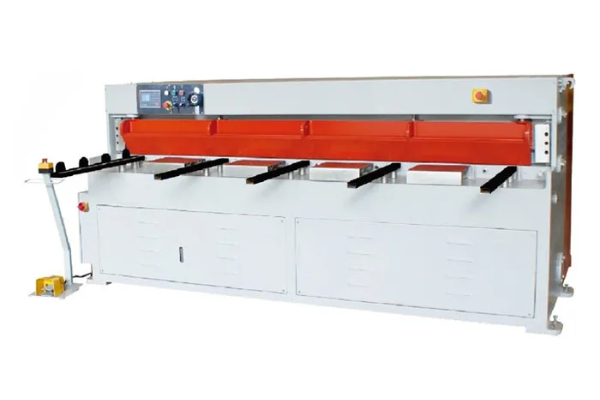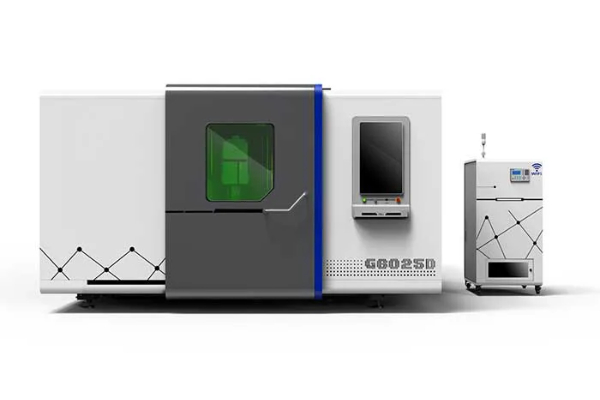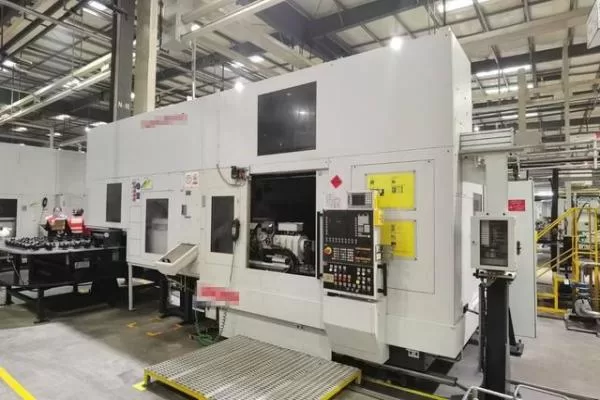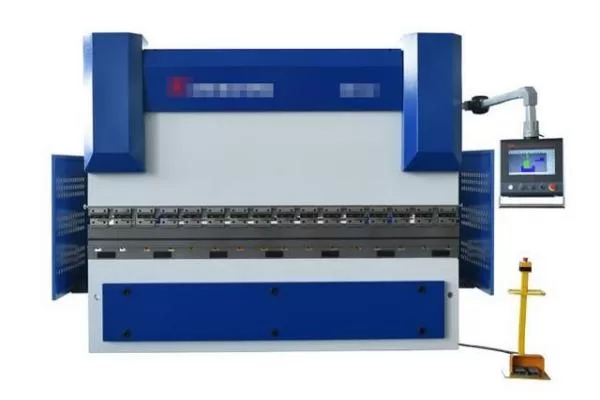
Step-by-Step Guide to Operating a Rolling Shutter Machine
- By:Metmac
- 2024-07-10
- 209
Step-by-Step Guide to Operating a Rolling Shutter Machine: A Comprehensive Overview
Rolling shutter machines are extensively used in industrial and commercial settings to automate the opening and closing of large doors and windows. Understanding the proper operating procedures is crucial to ensure safety and efficiency. This comprehensive guide provides a step-by-step explanation of how to operate a rolling shutter machine effectively.
Preparing the Machine
Before operating the rolling shutter machine, it is essential to take the following preparatory steps:
Inspect the machine:
Thoroughly examine the machine for any visible damage or loose components. Pay particular attention to the shutter curtain, tracks, and control system.
Check the power supply:
Ensure that the machine is connected to a reliable power source and that the electrical connections are secure.
Clear the operating area:
Remove any obstacles or debris from around the shutter to prevent potential hazards during operation.
Operating the Machine
Once the preparatory steps are complete, you can proceed to operate the rolling shutter machine:
Choose the desired operation mode:
Rolling shutter machines typically have two modes of operation: manual and automatic. Select the appropriate mode based on the specific requirement.
Initiate the operation:
Use the control panel to activate the opening or closing function. The curtain will move along the tracks in response to the command.
Monitor the operation:
Observe the movement of the curtain and ensure that it is tracking smoothly without any obstructions.
Stop the operation:
When the curtain reaches the desired position, stop the operation using the control panel.
Maintenance and Troubleshooting
Regular maintenance and timely troubleshooting help keep rolling shutter machines operating smoothly:
Lubricate regularly:
Apply lubricant to the moving parts of the machine, such as the bearings and tracks, to reduce friction and wear.
Inspect for damage:
Regularly inspect the curtain, tracks, and control system for any signs of damage or wear. Address any issues promptly to prevent breakdowns.
Troubleshooting common issues:
If the rolling shutter machine experiences any operational problems, refer to the manufacturer’s manual for troubleshooting guidelines. Common issues include curtain jamming, limit switch malfunctions, and motor failures.
Safety Precautions
Operating rolling shutter machines involves potential hazards, so it is imperative to adhere to the following safety precautions:
Wear appropriate attire:
Wear close-fitting clothing, gloves, and safety glasses during operation.
Avoid touching the moving parts:
Keep hands clear of the moving curtain, tracks, and motors to prevent injuries.
Secure the area:
Ensure that the operating area is clear of people and objects to avoid accidental collisions.
Follow emergency procedures:
Be familiar with the emergency stop procedures and activate them immediately if any hazardous situation arises.
Conclusion
Properly operating a rolling shutter machine requires careful adherence to preparatory steps, operating procedures, maintenance guidelines, troubleshooting techniques, and safety precautions. By following these guidelines, you can ensure the efficient and safe operation of your rolling shutter machine for years to come.
-
Advanced Sheet Metal Rolling, Cutting, and Folding Machines for Efficient Fabrication
2025/10/22 -
High-Precision Sheet Metal Bending and Cutting Solutions for Modern Manufacturing
2025/10/22 -
High-Precision Solutions from Leading Sheet Metal Cutting Machine Manufacturers
2025/09/11 -
Reliable Sheet Metal Equipment for Sale to Support Precision Fabrication
2025/07/17
-
High-Performance Sheet Metal Equipment for Sale: Forming and Shearing Solutions for Modern Fabrication
2025/10/22 -
Precision and Performance: Advanced Sheet Metal Processing Solutions
2025/10/17 -
Advanced Sheet Metal Press, Shearing, and Forming Machines
2025/10/17 -
High-Performance Sheet Metal Laser Cutting Machines for Sale — Precision and Efficiency Combined
2025/10/17
-
A Guide to the Latest Innovations in Sheet Metal Folding Machines
2024/11/29 -
Key Features to Consider When Investing in a Sheet Metal Folding Machine
2024/11/28 -
Enhancing Precision with Advanced Sheet Metal Folding Machines
2024/11/27 -
How to Choose the Right Sheet Metal Folding Machine for Your Workshop
2024/11/26







